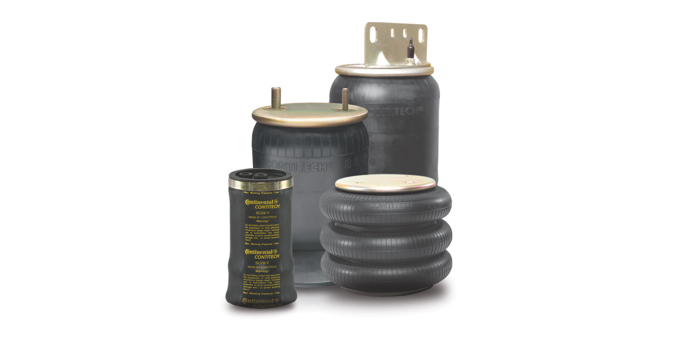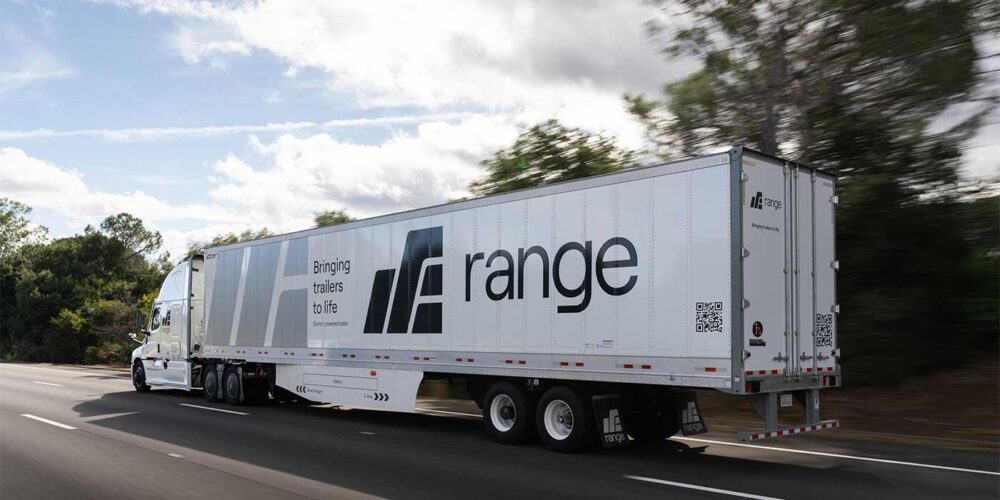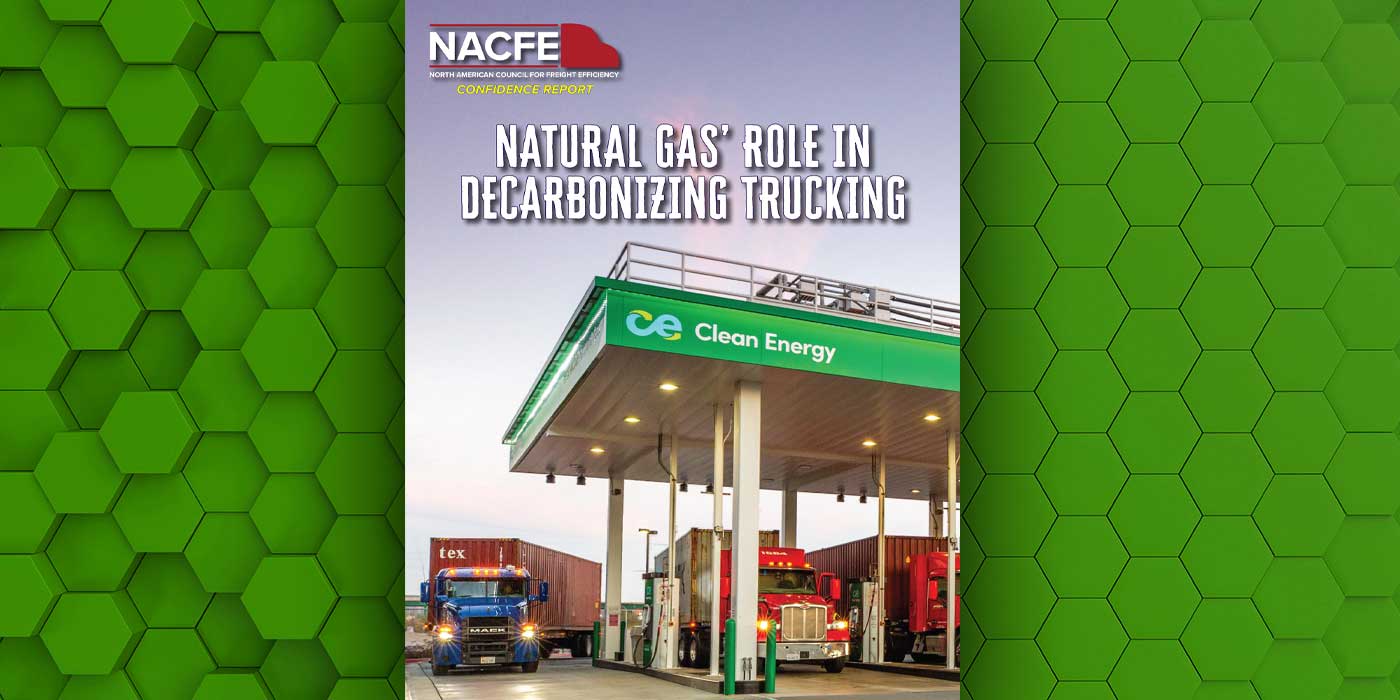Trailer suspension maintenance varies by suspension type and manufacturer. For that reason, fleets should establish best practices and perform routine checkups as recommended by manufacturers and fleet managers.
According to Jim Rushe, product line manager at Hendrickson on-highway trailer products, the manufacturer designs its suspensions to not require periodic adjustments.
“For our products, the best preventative maintenance is consistently performing daily and periodic inspections. Spotting an issue early will help to minimize the damage that can occur and reduce repair costs,” Rushe says.
ContiTech’s John Hilkirk echoes Rushe’s statement, saying it’s best to catch things early. Air springs offer the unique advantage of a more comfortable ride, but unlike traditional coils, the air springs can leak.
“We suggest review of air springs weekly. Also, the rubber flexmember should be checked for road impediments lodged in the meniscus of the assembly, potential shoulder cracking that would show it’s time to replace the assembly and a ‘washdown’ of the assembly to remove any road residue,” Hilkirk says.
“When repairs are required, following the recommended procedures that are provided by the suspension manufacturer is key to ensuring that the repair is cost effective and long lasting,” Rushe adds. “Using the recommended replacement components is also crucial to ensuring that the suspension will continue to perform as designed. For Hendrickson, component design and quality control is a critical factor of overall suspension performance.”
Keith McComsey, product line manager, Hendrickson vocational trailer products adds that some other considerations should be made. “Spec’ing options that promote longer life component, such as longer life brakes and/or wheel-ends, can benefit a fleet in the long run.”
Lift axle considerations for van fleet operations
Because lift axles vary state-by-state and application-by-application, it’s necessary to work with manufacturers to spec the correct suspension. Lift axle manufacturer SAF-Holland made its SAF Auto-PosiLift feature available on air suspension/slider axle systems for van fleet operations. “The simple, compact design is lightweight, efficient and easy to maintain, providing a four-inch minimum of lift for recommended ground clearance,” notes Bill Hicks, trailer suspension systems—product planning, SAF-Holland.
“The Auto-PosiLift feature is programmed to automatically lift the front axle when the system senses that only one axle is necessary to carry the load. This feature reduces fuel consumption, tire wear and scrub, driver interaction and toll fees; and increases tire life, suspension component life and service intervals,” Hicks concludes.
Weighing in on bearings
To get the most efficiency out of your truck rolling down the road, you have to consider all the details, large to small. Timken highlighted its new Power Dense Fuel-Efficient (PDFE) tapered roller bearings that the company explained could save more than $1,300 in fuel costs for a Class 8 truck over five years. Inspired by the dream of a 10 MPG Class 8 truck, as part of the U.S. Department of Energy’s SuperTruck program, the bearings were developed to provide 25% less friction and a 39% weight reduction. According to the company, the overall weight for all of the bearings on the tractor and trailer decreases by 58 lbs.—freeing up more freight capacity. Additionally, the reduced friction allows the bearings to run up to 10-degrees cooler, which helps improve the seal and lubrication life.
“The precision profiles, the tight tolerances, the enhanced surface finishes and the engineered steel allow you to have a smaller bearing with less friction that actually increases performance,” said Gregory Sturm, manager—product management, Timken. “The power dense, fuel efficient design reduces torque in the bearing which translates into increased efficiency. The design also provides longer bearing life which reduces maintenance costs and increases uptime for operators.”
Overall, the fuel-efficient bearings can equate to an additional 2,040 miles traveled per truck over five years and a fuel savings of 343 gal., again over five years. Timken calculates the savings over five years, based on 100,000 miles per Class 8 truck per year, average fuel economy of six MPG, fuel costs of $4.00 per gal. Timken fuel-efficient power-dense bearings located in all wheel ends (20 bearings) and the axle center (four bearings) of the truck and trailer.














